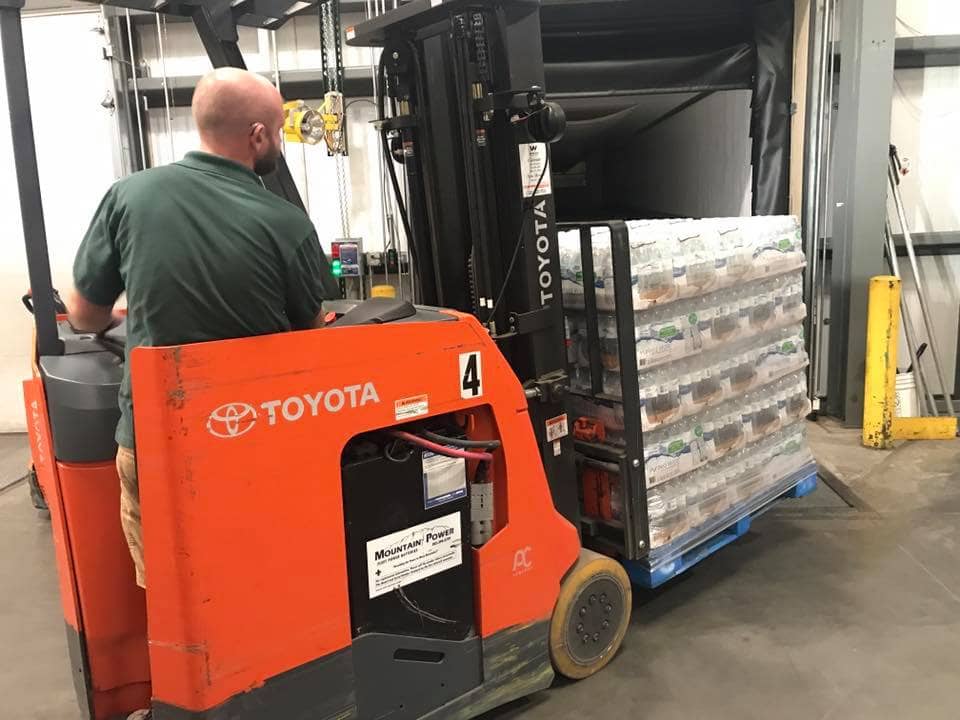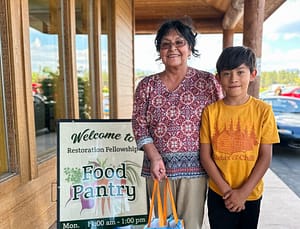Q: How are you helping the communities that are dealing with the disasters?
A: We’re always here to help our sister food banks, especially during tough times. We reached out to Feeding Texas to see how we could lend a helping hand. When they said they needed more water, we responded and sent more than 27,500 bottles. Feeding America is currently coordinating relief efforts, working with national manufacturers and farmers to get the resources that are needed. But we will continue to be on standby, ready to help when asked. (If we have the resources available.)
Q: How can people in our community help?
A: Money donations are typically most helpful in these situations because the nonprofits can get exactly what they need, like water at bulk, or mac and cheese at bulk. It just gives them the opportunity to respond exactly how they need to, as opposed to dealing with the cards that have been dealt. When you receive stuff from the community, there’s no telling exactly what you’re going to get. Here’s where you can donate: https://donatenow.networkforgood.org/harvey-food-relief
Q: Our community has been through some of our own disasters in the past, like the Waldo Canyon Fire. Have you guys been able to share some of what you’ve learned during that time with food banks that are currently going through that?
A: Yes. Our programs director, Jennifer Mariano, is serving as the disaster capacity advisor for Feeding America. She’s able to take what we’ve learned during the Waldo Canyon Fire and apply it to the current situation in Texas. Right now, she’s at the Houston Food Bank, helping them with their disaster relief efforts.
Q: How are the disasters on the west coast, Texas, and Florida affecting your operations?
A: As a Feeding America food bank, we share resources with our sister food banks across the nation. This includes trucks, produce, and food donated from large manufactures and farmers. A lot of the trucks that haul the food are focusing on emergency relief efforts, which is vital for the communities that have already lost so much. But that also means there are less trucks that can deliver food to our distribution center. The storms have also damaged crops and fields in Texas and Florida, which is a setback for food banks across the country that rely on that produce. And then there are the rising gas prices. Like most drivers, our team is also feeling the strain of the increasing prices. We deliver food across 52,000 square miles in Southern Colorado- every cent matters. Given the circumstances, our team is working hard to procure and distribute food as efficiently as possible throughout our service area.







